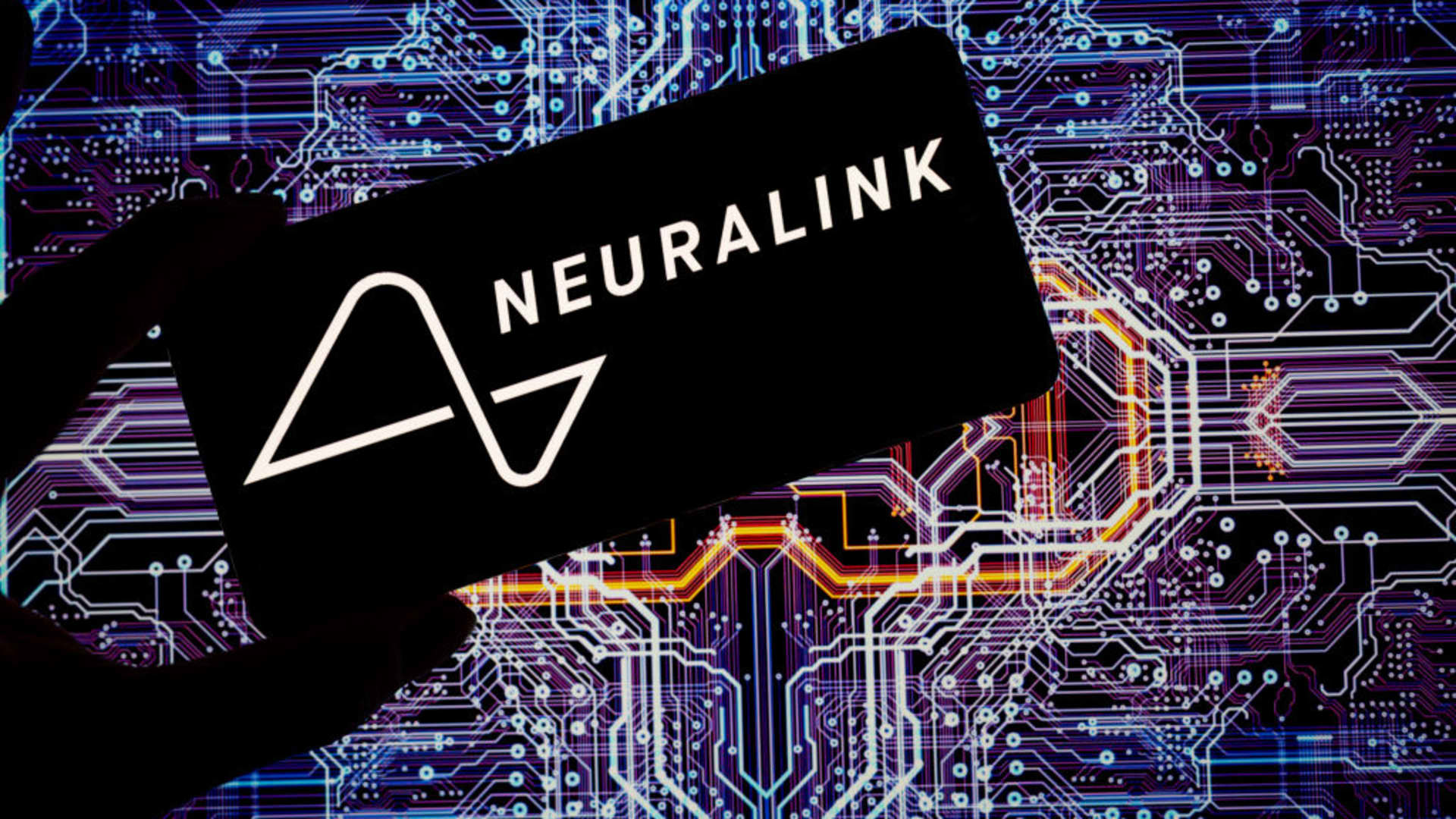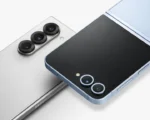Neuralink Working on Enhancing Text Entry and Cursor Control
Neuralink, the brain technology company founded by Elon Musk, has faced a setback with its first human patient implant, as reported in a recent blog post. The device implanted in patient Noland Arbaugh encountered mechanical issues shortly after the January surgery. Specifically, the electrode-studded threads that were placed in the brain tissue began to retract, leading to malfunctioning of the device.
According to Neuralink, this issue with the electrode threads pulling away from the brain tissue has affected the proper functionality of the implant. The company acknowledged the problem and indicated that they are actively working to address and rectify these mechanical challenges.
Earlier reports by The Wall Street Journal highlighted the malfunction, bringing attention to the complexities and challenges involved in developing and deploying advanced neural interface technologies.
Neuralink’s ambitious goal is to create brain-computer interfaces that could potentially revolutionize communication between humans and machines. Despite this setback, the company remains committed to advancing its technology and overcoming the current obstacles encountered during its early clinical trials.
 The incident underscores the inherent risks and technical hurdles associated with pioneering neurotechnology ventures. Neuralink continues to work closely with medical professionals and researchers to refine its approach and improve the reliability and longevity of its neural implants.
The incident underscores the inherent risks and technical hurdles associated with pioneering neurotechnology ventures. Neuralink continues to work closely with medical professionals and researchers to refine its approach and improve the reliability and longevity of its neural implants.
Moving forward, Neuralink aims to enhance not only the mechanical robustness of its devices but also their overall performance, particularly in critical areas such as text entry and cursor control. These improvements are crucial for achieving the company’s long-term vision of enhancing human capabilities through direct neural interfaces.
Traditionally, surgeons have placed brain implants directly on top of the brain tissue itself, where they move “like a boat on the water,” said Matt Angle, chief executive officer of rival brain-implant company Paradromics Inc. Having threads that retract “is not normal for a brain implant,” he said.


















